
Gopal Narayan Singh University
Faculty Of Commerce
Environment Protection
The Imperative of Environmental Preservation: A Comprehensive Guide
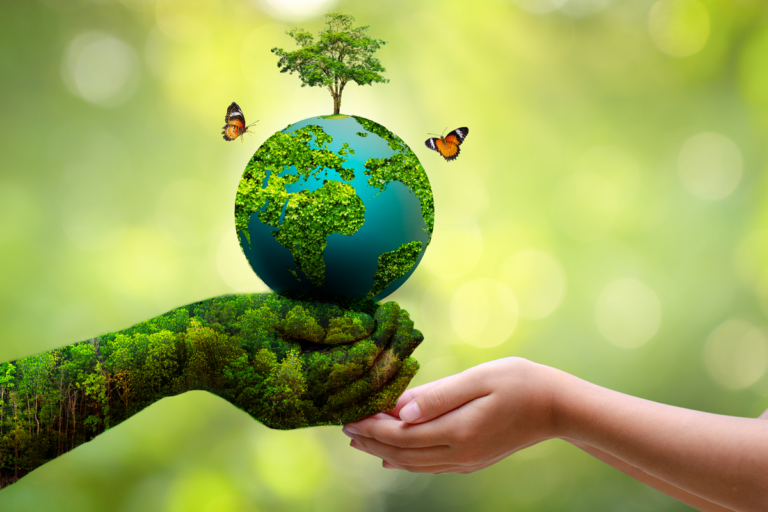
Introduction:-
The environment is the foundation of life on Earth, providing us with air to breathe, water to drink, and resources to sustain ourselves. However, in the face of rapid industrialization, urbanization, and climate change, our planet’s ecosystems are under immense pressure. Environmental preservation has become an urgent global priority, requiring collective action to ensure the health and sustainability of our planet for future generations.
Understanding Environmental Preservation:-
Environmental preservation refers to the protection, conservation, and restoration of natural resources and ecosystems. It involves safeguarding biodiversity, reducing pollution, mitigating climate change, and promoting sustainable use of resources. At its core, environmental preservation aims to maintain the balance and integrity of Earth’s ecosystems to support life and promote human well-being.
The Importance of Environmental Preservation:-
1.Biodiversity Conservation:-
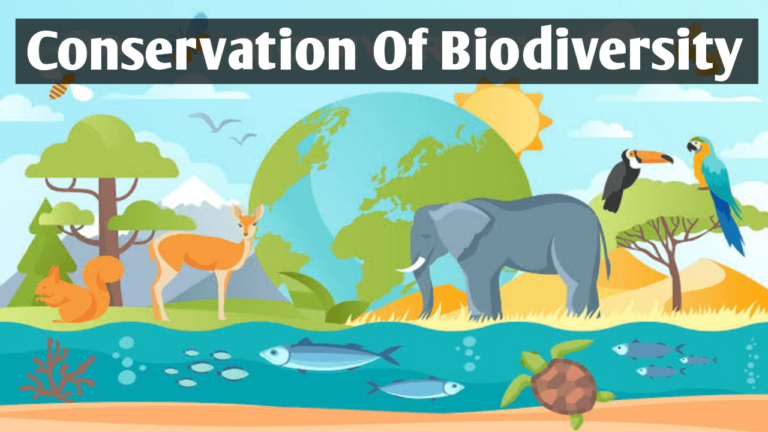
Biodiversity is the variety of life forms on Earth, including plants, animals, and microorganisms. It plays a critical role in maintaining ecosystem stability and resilience. Preserving biodiversity is essential for food security, medicine, and ecological balance. Loss of biodiversity can lead to ecosystem degradation, reduced ecosystem services, and disruptions to global food chains.
2.Climate Change Mitigation:-

Climate change is one of the most pressing environmental challenges of our time, driven primarily by greenhouse gas emissions from human activities. Environmental preservation strategies such as reducing emissions, protecting forests, and promoting renewable energy are crucial for mitigating climate change and minimizing its impacts on ecosystems and societies.
3.Sustainable Resource Management:-

Natural resources such as water, forests, and minerals are essential for human survival and economic development. Sustainable resource management involves using resources in a way that meets present needs without compromising the ability of future generations to meet their own needs. It requires efficient use of resources, minimizing waste, and promoting renewable alternatives.
4.Protection of Ecosystem Services:-
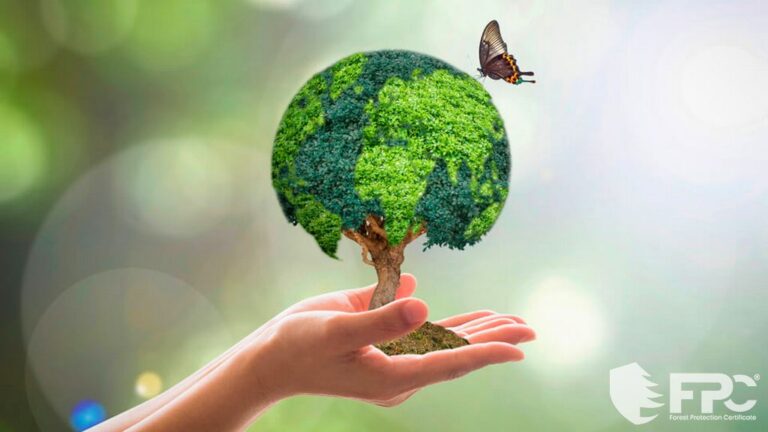
Ecosystem services are the benefits that humans derive from nature, including clean air and water, pollination of crops, and regulation of climate. Environmental preservation helps protect and enhance ecosystem services, ensuring the provision of essential goods and services for human well-being.
Challenges to Environmental Preservation:-
1.Pollution:-
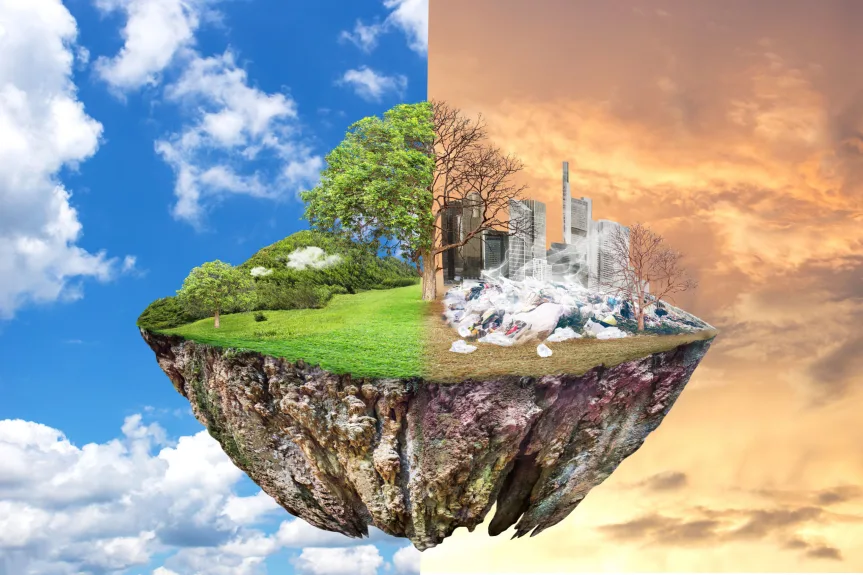
Pollution of air, water, and soil is a significant threat to environmental preservation. Industrial activities, urbanization, and agriculture contribute to the release of pollutants such as greenhouse gases, toxic chemicals, and waste products. Pollution harms ecosystems, human health, and biodiversity, requiring urgent action to reduce emissions and adopt cleaner technologies.
2.Deforestation:-

Deforestation, primarily driven by agriculture, logging, and infrastructure development, is a leading cause of habitat loss and biodiversity decline. Forests play a crucial role in carbon sequestration, climate regulation, and provision of habitat for wildlife. Preserving forests through conservation efforts and sustainable land management practices is essential for mitigating climate change and protecting biodiversity.
3.Overexploitation of Resources:-

The unsustainable use of natural resources, including overfishing, deforestation, and water depletion, threatens the long-term sustainability of ecosystems. Overexploitation leads to habitat destruction, species extinction, and loss of ecosystem services. Adopting sustainable resource management practices and promoting conservation measures are critical for ensuring the health and resilience of ecosystems.
4.Urbanization and Habitat Fragmentation:-

Urbanization and infrastructure development result in habitat fragmentation, isolating wildlife populations and disrupting ecological processes. Fragmentation reduces habitat connectivity, increases the risk of species extinction, and diminishes ecosystem resilience. Implementing measures such as wildlife corridors and green infrastructure can help mitigate the impacts of urbanization on biodiversity and ecosystems.
Solutions for Environmental Preservation:-
1.Conservation and Protected Areas:-

Establishing and effectively managing conservation areas and protected areas is crucial for preserving biodiversity and ecosystems. Protected areas such as national parks, wildlife reserves, and marine sanctuaries provide refuge for threatened species and safeguard critical habitats from human activities.
2.Sustainable Agriculture and Forestry:-

Promoting sustainable agriculture and forestry practices is essential for reducing environmental impacts while meeting the growing demand for food and timber. Practices such as organic farming, agroforestry, and sustainable logging minimize habitat destruction, soil erosion, and chemical pollution, contributing to the conservation of ecosystems and biodiversity.
3.Renewable Energy Transition:-

Transitioning to renewable energy sources such as solar, wind, and hydropower is key to reducing greenhouse gas emissions and mitigating climate change. Investing in clean energy infrastructure and phasing out fossil fuels can help decarbonize the economy and promote a more sustainable energy future.
4.Environmental Education and Awareness:-
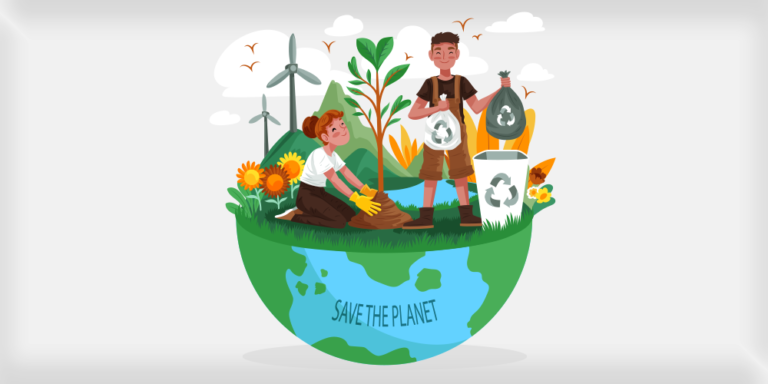
Raising awareness and educating the public about the importance of environmental preservation is critical for fostering a culture of sustainability. Environmental education programs in schools, community outreach initiatives, and public awareness campaigns can empower individuals to take action and make informed choices that benefit the environment.
5.Policy and Regulation:-
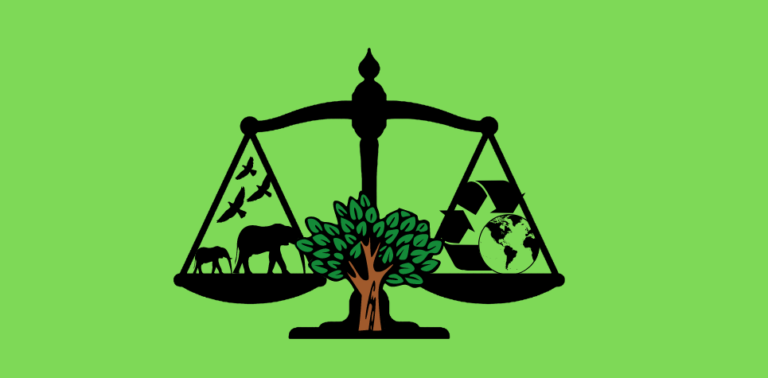
Enacting and enforcing environmental laws and regulations is essential for addressing environmental challenges and promoting sustainable development. Governments play a central role in setting environmental standards, regulating pollution, and implementing conservation measures to protect natural resources and ecosystems.
Conclusion:-
Environmental preservation is not just a moral imperative; it is a fundamental necessity for the survival and well-being of present and future generations. By embracing sustainable practices, conserving natural resources, and protecting biodiversity, we can safeguard the health and resilience of our planet. The time to act is now, and the responsibility lies with each of us to make a positive impact on the environment and secure a sustainable future for all.
This article provides a comprehensive overview of environmental preservation, including its importance, challenges, and solutions. It emphasizes the urgency of taking action to protect the environment and outlines practical steps that individuals, communities, and governments can take to promote environmental sustainability.
